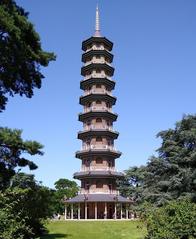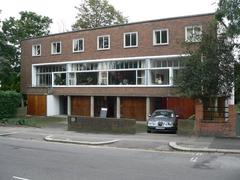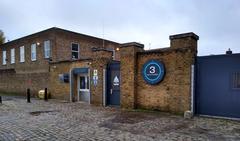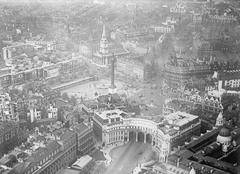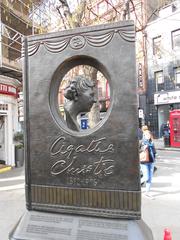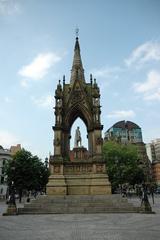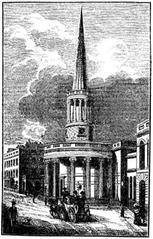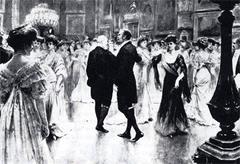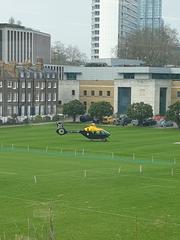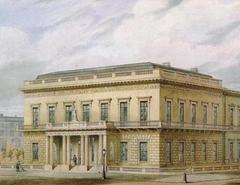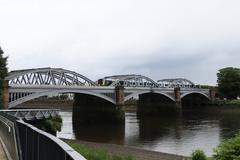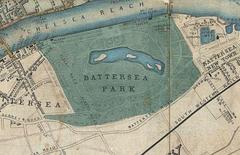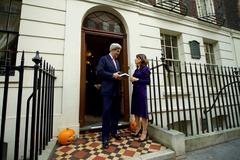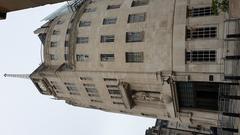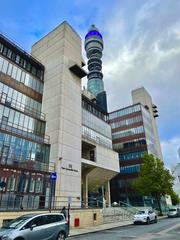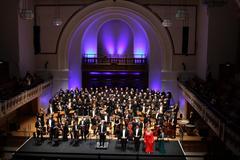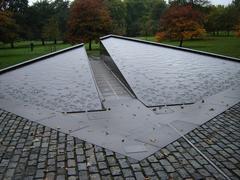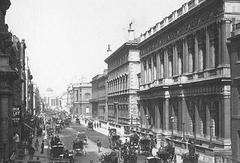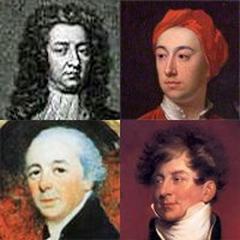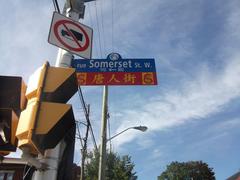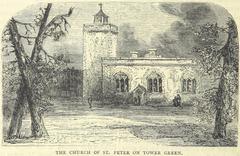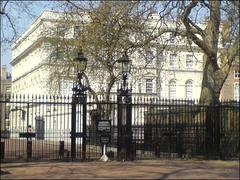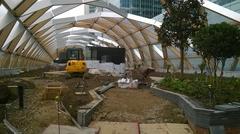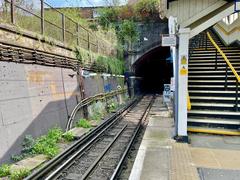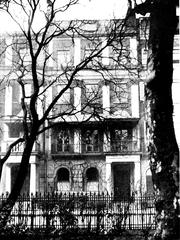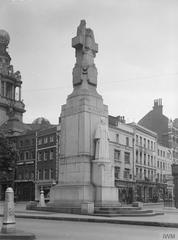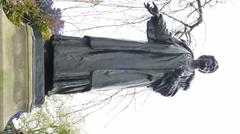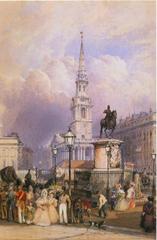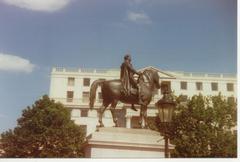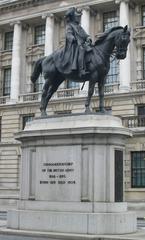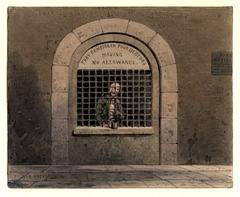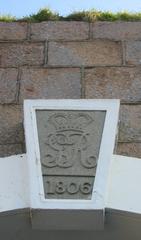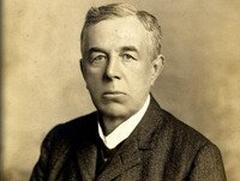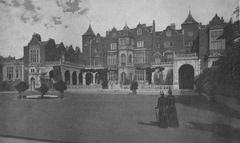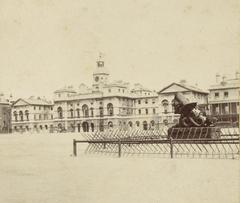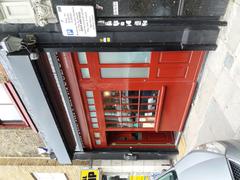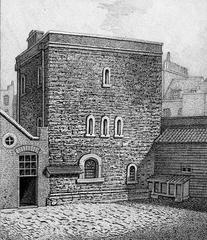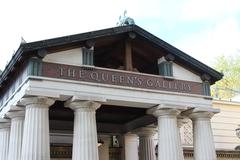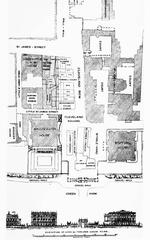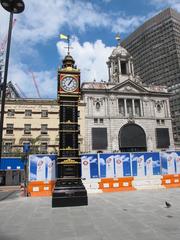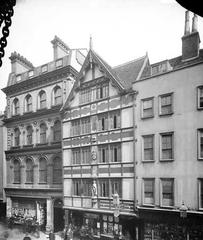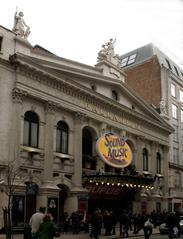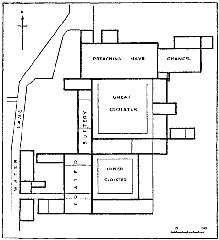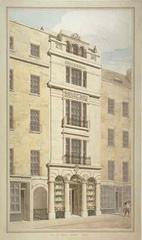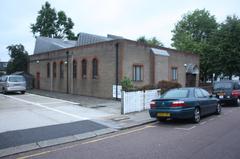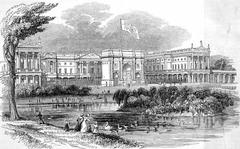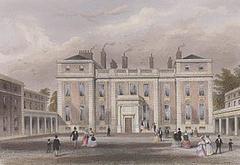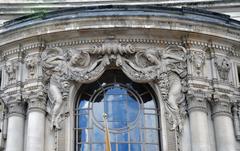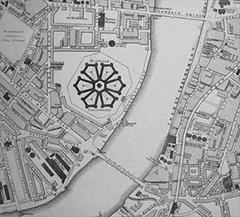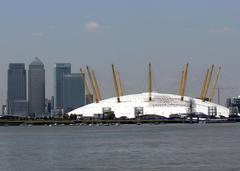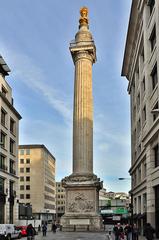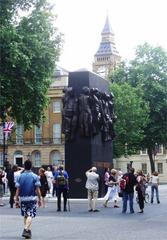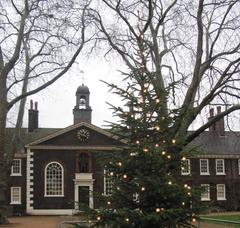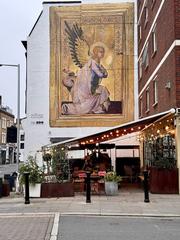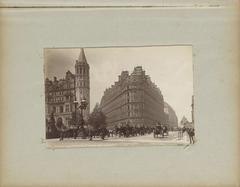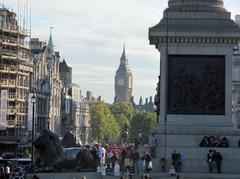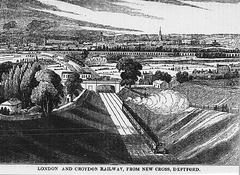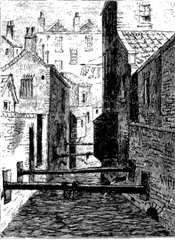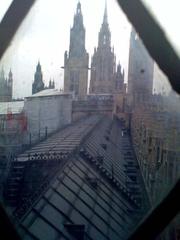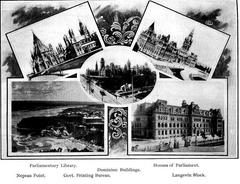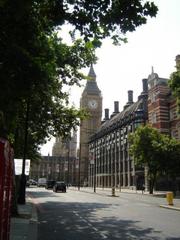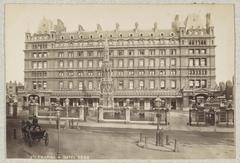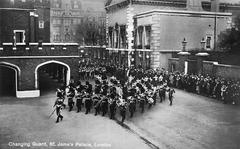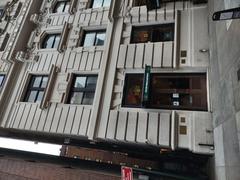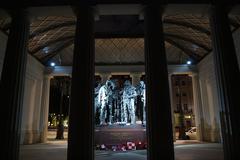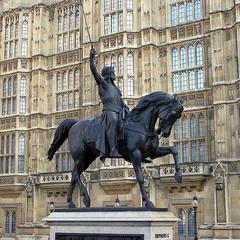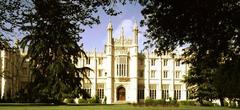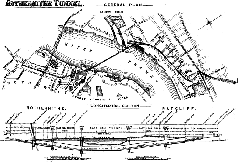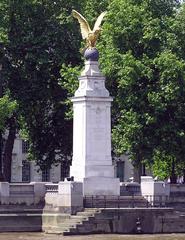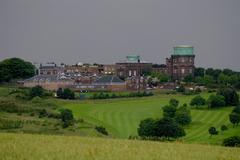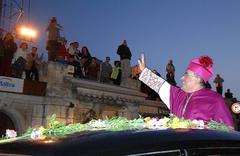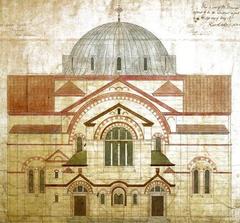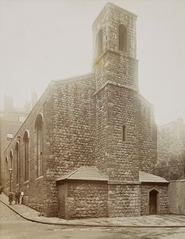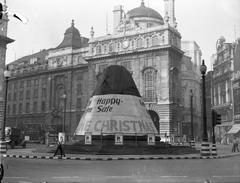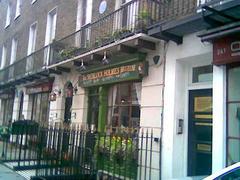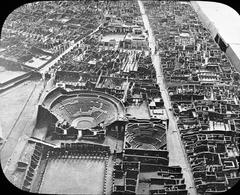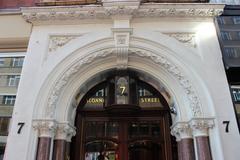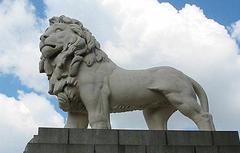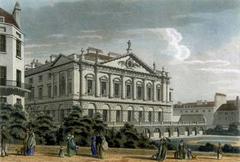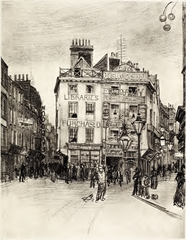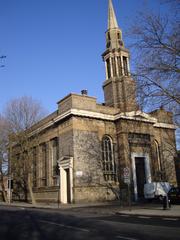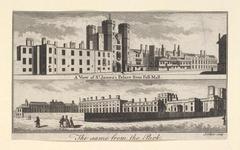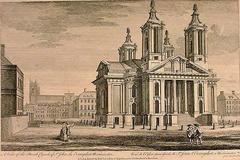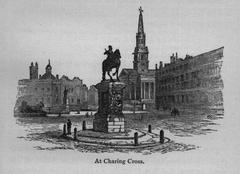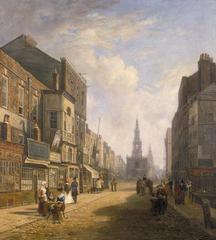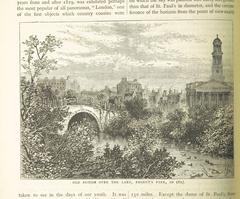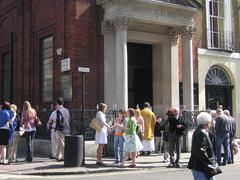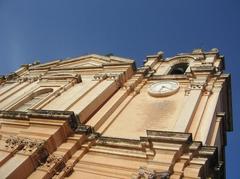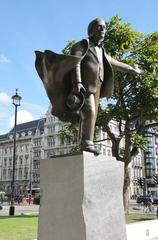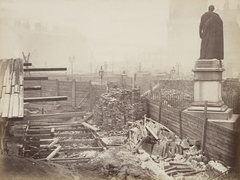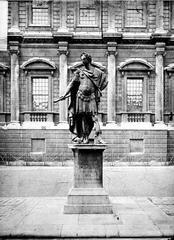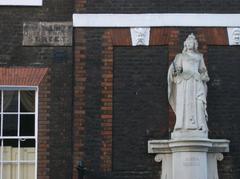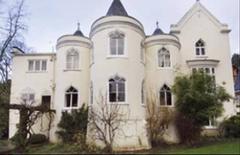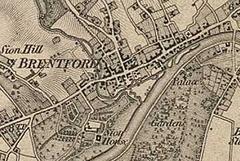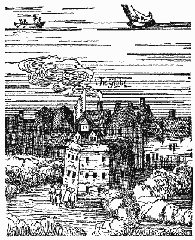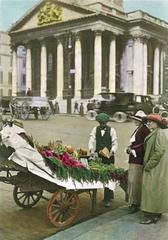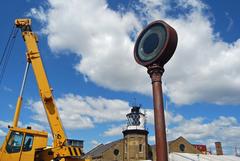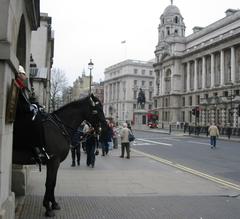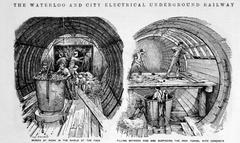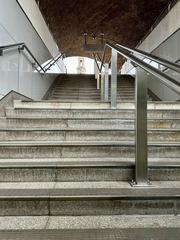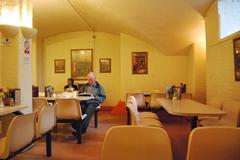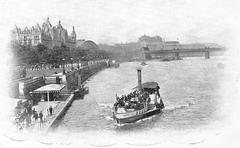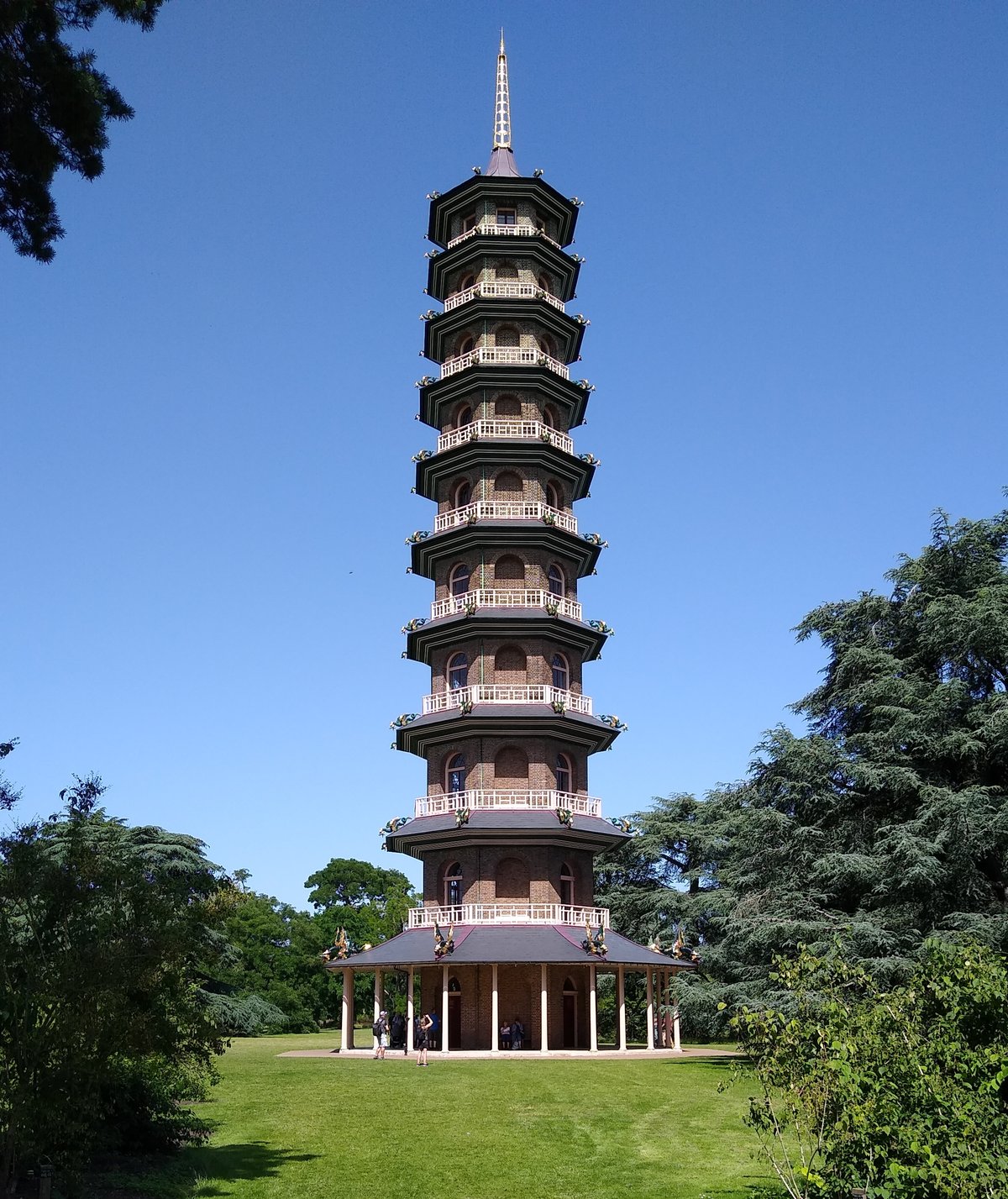
Visiting Pagoda: Hours, Tickets, and Tips
Date: 19/07/2024
Introduction
London is a city known for its rich history, diverse culture, and architectural marvels. Among its many attractions, the pagodas stand out as symbols of cultural exchange, historical significance, and architectural beauty. This guide focuses on two of London’s most notable pagodas: the Great Pagoda at Kew Gardens and the Peace Pagoda in Battersea Park. These structures not only offer a glimpse into different cultural aesthetics but also serve as monuments of historical and symbolic importance.
The Great Pagoda at Kew Gardens, designed by Sir William Chambers and completed in 1762, is a prime example of 18th-century Chinoiserie architecture. It reflects Britain’s fascination with Chinese culture during that period and has recently undergone significant restoration (Royal Botanic Gardens, Kew). On the other hand, the Peace Pagoda in Battersea Park, built in 1985 by the Nipponzan Myohoji Buddhist Order, symbolizes peace, unity, and non-violence. It serves as a focal point for various cultural and religious activities, promoting global peace and interfaith harmony (Battersea Park Peace Pagoda).
This comprehensive guide aims to provide valuable information for visitors, including historical context, cultural significance, visitor tips, and much more, ensuring a well-rounded and enriching experience.
Table of Contents
- Introduction
- Visiting the Great Pagoda at Kew Gardens - History, Tickets, and Tips
- Exploring the Peace Pagoda in London - History, Significance, and Visitor Information
- Conclusion
- References
Visiting the Great Pagoda at Kew Gardens - History, Tickets, and Tips
History of the Pagoda
Origins and Construction
The Great Pagoda at Kew Gardens, London, is a striking example of 18th-century Chinoiserie architecture. Designed by Sir William Chambers and completed in 1762, the pagoda was part of a broader trend in Europe during the 18th century, where Chinese-inspired designs became highly fashionable. Chambers, who had traveled to China, drew inspiration from the pagodas he had seen there, incorporating these elements into his design for Kew Gardens.
The pagoda originally stood at 163 feet (50 meters) tall and featured ten octagonal stories, each adorned with a projecting roof. The structure was built using brick and timber, with each level decreasing in size as it ascended. The roofs were initially decorated with 80 gilded dragons, which were removed in 1784 and only recently restored in 2018 (Royal Botanic Gardens, Kew).
Historical Significance
The Great Pagoda was not merely an ornamental structure; it also served as a symbol of Britain’s expanding global influence and fascination with the East. During the 18th century, Britain was establishing itself as a dominant global power, and the inclusion of Chinese architectural elements in British gardens reflected the country’s interest in and influence over distant lands.
The pagoda also played a role in scientific experimentation. In the late 18th century, it was used by Sir Joseph Banks, a prominent botanist, to conduct experiments on the growth of plants at different altitudes. This was part of a broader effort to understand how environmental factors influenced plant development (Historic Royal Palaces).
Restoration and Preservation
Over the centuries, the Great Pagoda fell into disrepair. The removal of the gilded dragons in 1784 marked the beginning of a long period of neglect. By the 20th century, the structure was in a state of significant decay, prompting efforts to restore it to its former glory.
A major restoration project was undertaken between 2016 and 2018, led by Historic Royal Palaces and the Royal Botanic Gardens, Kew. This project aimed to restore the pagoda to its original 18th-century appearance, including the recreation of the 80 missing dragons. Modern techniques and materials were used to ensure the longevity of the restoration, while historical accuracy was maintained (BBC News).
Visitor Information
Ticket Prices and Visiting Hours
To visit the Great Pagoda, you will need to purchase a ticket to Kew Gardens. The ticket prices are as follows:
- Adults: £18.00
- Children (4-15 years): £6.00
- Concessions: £16.00
- Children under 4: Free
The visiting hours for Kew Gardens are typically from 10:00 AM to 6:00 PM daily, but it is advisable to check the official Kew Gardens website for any seasonal changes or special events.
Travel Tips
Kew Gardens can be easily reached via public transport. The nearest tube station is Kew Gardens on the District Line, and there are also several bus routes that stop nearby. If you are driving, there is limited parking available, so public transport is recommended.
Nearby Attractions
When visiting the Great Pagoda, take the time to explore other attractions within Kew Gardens, such as the Palm House, the Temperate House, and the Treetop Walkway. Nearby, you can also visit the historic Kew Palace and the Marianne North Gallery.
Accessibility
The Great Pagoda is accessible to visitors with disabilities, with ramps and elevators available. However, due to the historical nature of the building, some areas may have limited accessibility.
Special Events and Guided Tours
Kew Gardens hosts various events throughout the year, including guided tours of the Great Pagoda. These tours offer deeper insights into the history and significance of the structure. Check the Kew Gardens events page for the latest information.
Photographic Spots
The Great Pagoda and its surroundings offer numerous photographic opportunities. The best spots include the base of the pagoda, which provides a dramatic upward view, and the various gardens around the pagoda for picturesque landscape shots.
Cultural Impact
The Great Pagoda has had a lasting impact on British culture and architecture. It is one of the earliest examples of Chinoiserie in Britain and has influenced subsequent architectural designs. The pagoda’s presence in Kew Gardens has also contributed to the gardens’ status as a UNESCO World Heritage Site, highlighting its cultural and historical significance.
The pagoda has been featured in various forms of media over the years, including literature, film, and television. Its distinctive design and historical importance make it a popular subject for artists and writers, further cementing its place in British cultural heritage.
FAQ
Q: What are the Great Pagoda visiting hours?
A: The visiting hours for Kew Gardens, where the Great Pagoda is located, are typically from 10:00 AM to 6:00 PM daily. Check the official Kew Gardens website for any seasonal changes or special events.
Q: How much are Great Pagoda tickets?
A: The ticket prices for Kew Gardens are £18.00 for adults, £6.00 for children (4-15 years), £16.00 for concessions, and free for children under 4.
Q: What is the significance of the Great Pagoda?
A: The Great Pagoda is a historical example of 18th-century Chinoiserie architecture, symbolizing Britain’s fascination with Chinese culture and its expanding global influence during that period.
Q: Are there guided tours available?
A: Yes, Kew Gardens offers guided tours that include the Great Pagoda. Check the Kew Gardens events page for the latest information.
Q: Is the Great Pagoda accessible?
A: The Great Pagoda is accessible to visitors with disabilities, with ramps and elevators available. However, some areas may have limited accessibility due to the historical nature of the building.
Exploring the Peace Pagoda in London - History, Significance, and Visitor Information
Historical Significance
The Peace Pagoda in London holds profound historical significance. Constructed in 1985, it was a gift to London from the Nipponzan Myohoji Buddhist Order, a Japanese Buddhist movement dedicated to promoting peace and non-violence. The Peace Pagoda was part of a global initiative to build pagodas in major cities worldwide as symbols of peace and unity. This initiative was spearheaded by Nichidatsu Fujii, a Japanese Buddhist monk influenced by Mahatma Gandhi’s principles of non-violence (Battersea Park Peace Pagoda).
The construction of the Peace Pagoda in London marked a moment of cultural exchange and mutual respect between the United Kingdom and Japan. It stands as a testament to the enduring relationship between the two nations and their shared commitment to global peace. Located in Battersea Park, a historic and culturally rich area of London, the Pagoda’s historical importance is further enhanced.
Cultural Impact
The Peace Pagoda is not just a historical monument but also a cultural beacon. It serves as a focal point for various cultural and religious activities, including annual peace ceremonies and interfaith gatherings. These events attract visitors from diverse backgrounds, fostering a sense of community and shared purpose. The Pagoda’s design, featuring traditional Japanese architectural elements, adds to its cultural allure, offering visitors a glimpse into Japanese aesthetics and spiritual traditions (Visit London).
The Pagoda’s cultural significance is reflected in its role as a site for meditation and reflection. It provides a serene environment where individuals can engage in mindfulness practices, away from the hustle and bustle of city life. This aspect of the Pagoda aligns with the broader cultural trend of seeking inner peace and mental well-being, making it a relevant and meaningful destination for contemporary visitors.
Symbolic Importance
The Peace Pagoda stands as a powerful symbol of peace, non-violence, and reconciliation. Its presence in London, a city with a complex history of conflict and colonialism, serves as a reminder of the importance of striving for harmony and understanding in a diverse and interconnected world. The Pagoda’s symbolism is further reinforced by the four gilded statues of Buddha, each representing different stages of Buddha’s life, which are housed within the structure. These statues symbolize enlightenment, compassion, and the pursuit of peace (Londonist).
The Pagoda’s symbolic significance extends beyond its immediate surroundings. It is part of a global network of Peace Pagodas, each serving as a beacon of hope and a call to action for individuals and communities worldwide. This network underscores the universal nature of the Pagoda’s message, highlighting the interconnectedness of all people and the shared responsibility to work towards a more peaceful world.
Visitor Information
Location
Battersea Park, London, SW11 4NJ, United Kingdom
Visiting Hours
The Peace Pagoda is accessible to the public 24 hours a day, although guided tours and specific events may have designated times.
Tickets
There is no entrance fee to visit the Peace Pagoda. It is free for all visitors.
Travel Tips
The nearest tube station is Battersea Power Station (Northern Line). From there, it’s a short walk to Battersea Park. Alternatively, you can take bus routes 44, 137, 452, or 156.
Nearby Attractions
While visiting the Peace Pagoda, consider exploring other attractions in Battersea Park, such as the Battersea Park Children’s Zoo, the Pump House Gallery, and the beautiful walking trails along the Thames River.
Accessibility
The Peace Pagoda is accessible to visitors with disabilities. The paths leading to the Pagoda are well-maintained, and there are ramps available for wheelchair users.
Conclusion
In conclusion, London’s pagodas offer more than just architectural beauty; they are embodiments of cultural exchange, historical significance, and peace. The Great Pagoda at Kew Gardens stands as a testament to the 18th-century fascination with Chinoiserie and Britain’s expanding global influence. Its recent restoration highlights the importance of preserving cultural heritage (BBC News). Meanwhile, the Peace Pagoda in Battersea Park serves as a beacon of tranquility and a symbol of global peace and unity. It fosters a sense of community and provides a space for reflection and meditation, enriching the cultural fabric of London (Londonist). Whether you’re a history enthusiast, a culture lover, or someone seeking a peaceful retreat, these pagodas offer a unique and enriching experience. Don’t forget to check out other related posts and follow us on social media for more updates about London’s historical sites.
References
- Royal Botanic Gardens, Kew. (n.d.). The Great Pagoda. https://www.kew.org/kew-gardens/whats-in-the-gardens/the-great-pagoda
- BBC News. (2018). Great Pagoda Restoration. https://www.bbc.com/news/uk-england-london-44567667
- Battersea Park Peace Pagoda. (n.d.). About the Peace Pagoda. https://www.batterseapark.org/peace-pagoda
- Londonist. (n.d.). The Peace Pagoda in Battersea Park. https://londonist.com/london/history/the-peace-pagoda-in-battersea-park
- Visit London. (n.d.). Peace Pagoda. https://www.visitlondon.com/things-to-do/place/283248-peace-pagoda
- Historic Royal Palaces. (n.d.). The Great Pagoda. https://www.hrp.org.uk/kew-palace/history-and-stories/the-great-pagoda/

